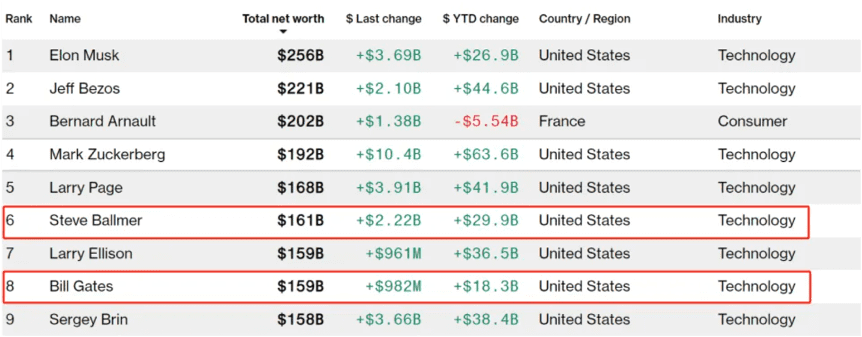
Amazon official said that the freight from the Chinese warehouse will be lower than the traditional FBA(Fulfillment by Amazon) fee, similar to the domestic air delivery small package service, which will undoubtedly greatly reduce the logistics costs of sellers. In addition to logistics, Amazon is also responsible for promotion and traffic, of course, sellers can still independently carry out product advertising, pricing and promotion activities, to maintain the personalized and independent brand.
Many industry insiders said that Amazon launched the "low-price store" move to fight China's cross-border e-commerce platforms Temu, Shein, AliExpress and so on. Although it provides another platform for China's e-commerce to go to sea, many sellers said that the cost of settling in Amazon cross-border e-commerce has become lower, and they have asked about the conditions of settling in, but the rules look down, in fact, it is not so friendly for sellers.




